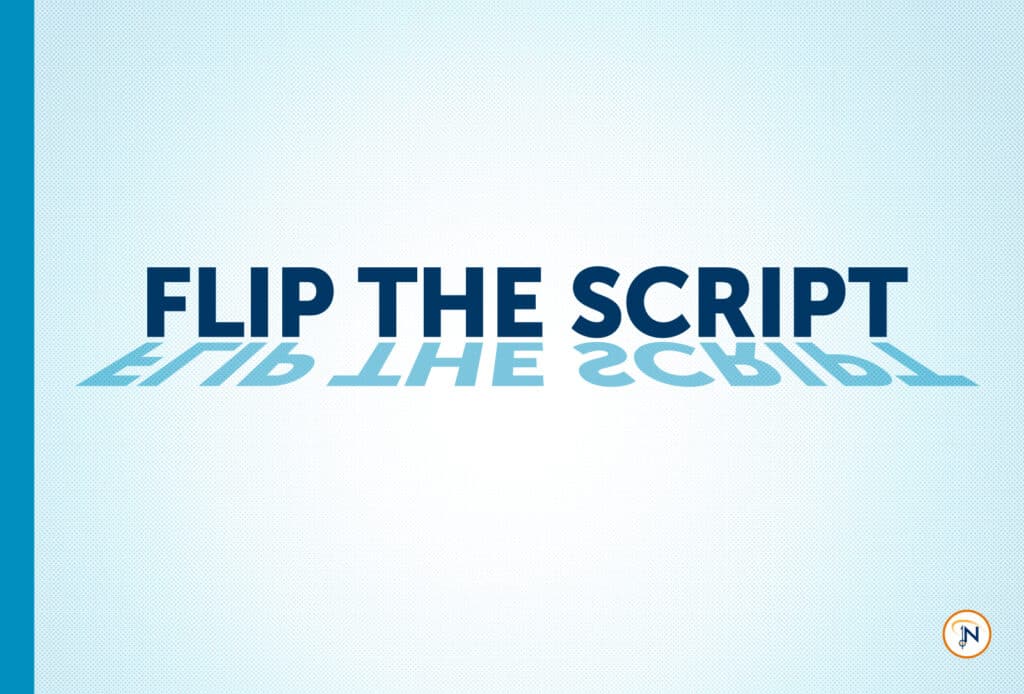The police are heroes on the front line. The district attorney is hard-nosed but fair. The defense is a champion for the underdog. The judge is wise, strong and authoritative. And the correctional officer is a corrupt, violent brute. Sound familiar?
Television shows, movies, and even media coverage frequently stick to the same tropes, and it’s the exception, not the rule, to see correctional officers doing the right thing. In fact, in a study of media coverage of correctional officers in the U.S., researchers found that correctional officers are portrayed negatively nearly 80% of the time.¹
“While our occupation isn’t free of personnel misconduct, the reputation of those who are doing their jobs professionally and loyally has been tarnished,” said Harriet Fox, a correctional officer in California, in a recent piece for CorrectionsOne.²
So what can we, as the hardworking professionals who ARE doing the right thing, do to counteract this perception?
1. Understand when to use force and how to deescalate without it. Much of the negative news coverage and many dramatic TV scenes stem from officer use of force. Even when force is necessary and is used in a reasonable and appropriate way, it can still be difficult for people who haven’t been in our shoes to understand. Use force when necessary, but also make sure you’re using alternate methods of de-escalation whenever possible.
2. Work as a team. Back each other up, learn to trust and rely on each other, and build a culture of integrity and respect at your jail. Not only does having back-up substantially reduce the need for force in many situations, it also can help reduce the temptation for corrupt behavior. When officers are disenfranchised or feeling disillusioned with their job or their life, they’re more susceptible to manipulation and corruption. Building community on your team and truly having each other’s backs can help eliminate some of the factors that can lead to an officer becoming compromised.
3. Document, document, document. Clear and complete documentation should be a part of all of your team’s processes. Particularly after an incident, you need a careful accounting of what happened. Too often, completely defensible actions and reasonable uses of force get sensationalized by media or scrutinized by review committees because of a lack of solid documentation explaining what happened, why it was different, and what factors led to the officer’s response.
4. Support those who speak up. It’s not enough to do the right thing yourself; you also need to be a vocal advocate for others who are doing the right thing. Being the one to speak up against corruption is never easy. Personal and professional relationships are at stake, there’s a risk of retaliation, and there’s pressure from all sides to do or say one thing or another. People who are brave enough to speak up need our support and our protection to help speaking up become the norm, not the potential minefield it can be today.
5. Advocate for innovative programming. Make sure you and your team are using best practices for strategic inmate management, and be a proponent of trying something new. Jails are trying different, innovative strategies all the time, and we can all learn from their successes. When one of your jail’s strategies effectively decreases inmate behavior issues, spread the word. We’re all doing the best we can, and we can learn a lot from each other.
We may or may not be able to turn the tide of Hollywood, but we can take action to help those around us. It takes a toll on all of us to see our profession dragged through the mud time after time, and we need to work even harder to reclaim that narrative. We are highly trained professionals. We face tough choices every day. We do the right thing. And it makes a difference.
Want to talk about your team’s processes and how to re-think your documentation? Give us a call. We work with jails like yours across the country to get the right processes and technology in place to keep your team safe and supported for doing the right thing.
1 Depictions of correctional officers in newspaper media: An ethnographic content analysis
2 ‘Orange’ uncorked: How did we become the bad guys?






